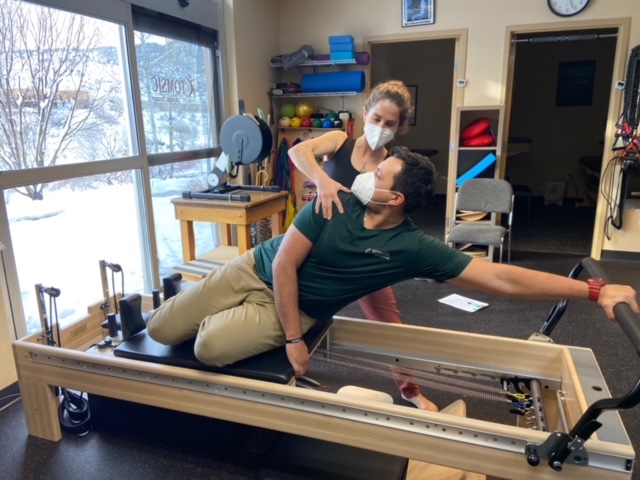
When it comes to your health and well-being, finding the right physical therapist is crucial. Whether you’re recovering from an injury, managing a chronic condition, or seeking to enhance your physical performance, a skilled and compatible physical therapist can make a significant difference in your journey to recovery and overall quality of life. In this comprehensive guide, we will explore the essential steps to help you choose the right physical therapist tailored to your specific needs.
The Importance of Selecting the Right Physical Therapist
Physical therapists are healthcare professionals who specialize in improving mobility, managing pain, and promoting overall physical function. Their expertise is invaluable in various situations, including post-surgery rehabilitation, sports injuries, and chronic pain management. Here’s why choosing the right physical therapist matters:
- Personalized Care: Every patient is unique, and their needs vary. The right physical therapist will tailor a treatment plan that considers your specific condition, goals, and limitations.
- Expertise: Physical therapists have diverse specialties, ranging from orthopedics to neurology. Selecting a therapist with expertise in your specific area of concern ensures you receive the best care possible.
- Motivation and Support: A compatible therapist can inspire and motivate you throughout your rehabilitation journey. Their support can be the driving force behind your progress.
- Efficiency: Effective therapy can lead to faster recovery, reduced pain, and improved overall function. Choosing the right therapist can save you time and money in the long run.
Steps to Choose the Right Physical Therapist
1. Assess Your Needs
Before embarking on your search for a physical therapist, take the time to assess your needs. Consider the following questions:
- What is your primary reason for seeking physical therapy?
- Do you have any specific goals or expectations?
- Are you looking for therapy for a particular condition or injury?
- Are you seeking rehabilitation after surgery?
- Do you have any preferences regarding the therapist’s gender or communication style?
Understanding your needs and goals will help you narrow down your search and find a therapist who aligns with your requirements.
2. Ask for Recommendations
Reach out to your primary care physician, orthopedic specialist, or friends and family who have undergone physical therapy. Their recommendations can be a valuable starting point in your search. Healthcare professionals often have insights into the reputations and specialties of local physical therapists.
3. Check Credentials and Specializations
Once you have a list of potential therapists, research their credentials and specialties. Ensure that they are licensed and board-certified in physical therapy. Look for certifications or advanced training in areas relevant to your needs, such as sports rehabilitation, pediatric therapy, or geriatric care.
4. Evaluate Experience and Reputation
Consider the therapist’s years of experience and reputation within the community. Online reviews and testimonials from previous patients can provide valuable insights into their practice. Look for therapists who have a track record of achieving positive outcomes for patients with similar conditions.
5. Schedule Consultations
Contact the therapists on your shortlist and schedule initial consultations. During these meetings, discuss your needs, goals, and expectations. Pay attention to how the therapist communicates, listens, and explains their approach to treatment. Compatibility in terms of communication style and rapport is essential for a successful therapeutic relationship.

6. Discuss Insurance and Payment Options
Ensure that the therapist accepts your insurance plan, if applicable. Discuss payment options and potential costs associated with your treatment plan. Understanding the financial aspect of therapy is crucial to avoid unexpected expenses.
7. Consider Location and Accessibility
Choose a physical therapist whose location is convenient for you. Accessibility and ease of transportation can make attending regular therapy sessions more manageable, ensuring consistency in your treatment plan.
8. Review Treatment Plans
Once you’ve gathered all the necessary information and impressions, compare the treatment plans and recommendations provided by the therapists. Consider the therapist who offers a comprehensive plan tailored to your needs and goals.
Conclusion
Selecting the right physical therapy near me for your needs is a critical step toward achieving your health and wellness goals. Remember that the therapist-patient relationship is a partnership, and compatibility is key. By following these steps and taking the time to research and assess your options, you can make an informed decision that sets you on the path to a healthier, more mobile, and pain-free life.
